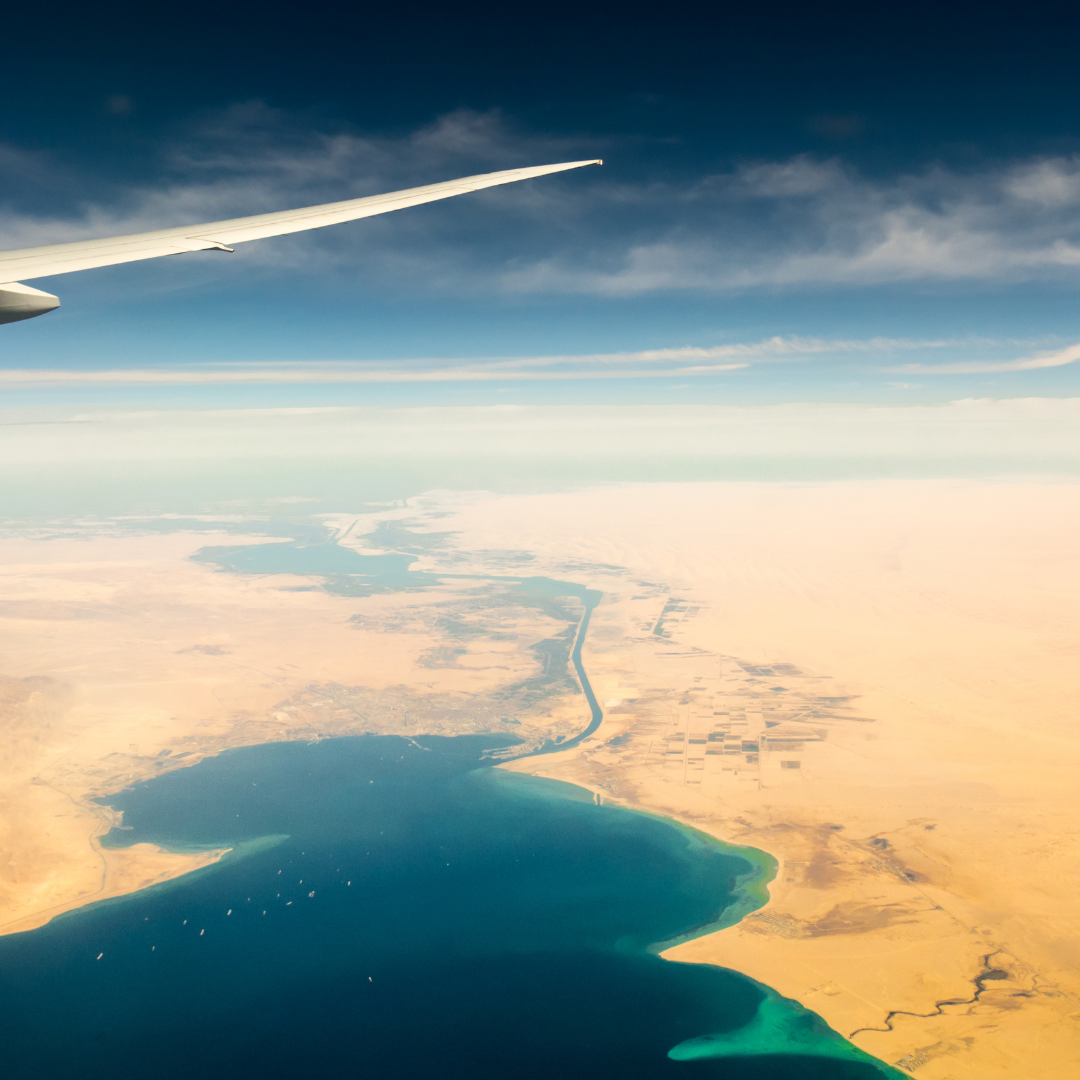Port Said and the Suez Canal: Navigating the Gateway Between the Mediterranean and the Red Sea

Port Said, a sentinel city at the northern mouth of the illustrious Suez Canal, has witnessed the ebbs and flows of global history as vessels from every corner of the globe passed through this man-made marvel. The Suez Canal, the watery ribbon that binds the Mediterranean to the Red Sea, stands as a testament to human ambition and engineering prowess. Together, Port Said and the Canal offer a unique blend of history, commerce, and global connectivity. This article charts the voyage of this legendary waterway, exploring its past, present, and what lies ahead.
Port Said: A Historic Overview
Founded in the mid-19th century during the initial construction of the Suez Canal, Port Said quickly burgeoned from a sparsely inhabited locale into a bustling port city. Its strategic location turned it into a cosmopolitan hub where myriad cultures converged. The city boasts an architectural tapestry, a melange of colonial-era designs and modern edifices, reflecting its layered history. The Lighthouse of Port Said, standing tall since the 1860s, has silently observed the transformation of a town carved out of the desert into a global port, witnessing revolutions, wars, and moments of historical significance.
The Suez Canal: Engineering Marvel and Maritime Highway
First envisioned by the Ancient Egyptians and finally realized in the 19th century, the Suez Canal stands as one of the world’s engineering marvels. Stretching over 100 miles, it’s a testament to human determination to reshape geography. The canal’s completion slashed the maritime route between Europe and Asia, bypassing the lengthy and perilous journey around the Cape of Good Hope. Over time, the canal has undergone multiple expansions, adapting to the ever-evolving demands of global shipping and making it a lifeline for international commerce.
Navigating the Canal: What Sailors Need to Know
The journey through the Suez Canal is unlike any other. It requires precise navigation, given the canal’s narrow dimensions and the mammoth vessels it accommodates. Vessels are often convoyed in groups, with seasoned pilots boarding ships to guide them through the intricate passage. The transit, taking approximately 12-16 hours, necessitates adherence to stringent regulations to ensure a seamless flow of maritime traffic. Timing, coordination, and understanding tidal variations are crucial for a smooth sail through this maritime artery.
Economic and Strategic Importance of the Suez
The Suez Canal isn’t just an engineering wonder; it’s an economic juggernaut. Facilitating roughly 12% of global trade, the canal is pivotal for the shipment of oil, consumer goods, and raw materials. Its strategic importance isn’t limited to commerce; it’s a geopolitical lynchpin connecting the East and West. The revenue generated from canal tariffs is a significant contributor to Egypt’s economy. The canal’s significance is underscored by the global repercussions if its operations are disrupted, impacting economies and industries worldwide.
Stories from the Canal: Historic Events and Moments
The Suez Canal has been the backdrop to many seminal moments in history. The 1956 Suez Crisis, a geopolitical altercation involving Egypt, Israel, Britain, and France, accentuated the canal’s strategic importance in global politics. But it’s not just political events; the canal has seen moments of human resilience, like the countless workers who toiled under grueling conditions during its construction or the international effort to dislodge the Ever Given, a container ship that ran aground in 2021, blocking the canal. Each event adds a layer to the canal’s rich tapestry of tales.
The Bitter Lakes: Natural Beauty along the Route
Situated approximately midway along the canal’s length are the Bitter Lakes – Great and Little Bitter Lake. These expansive saltwater lakes, covering around 250 square kilometers, offer a tranquil contrast to the bustling waterway. Historically a mooring point for vessels, the Bitter Lakes are now primarily a serene stretch in the canal’s transit. Their shimmering waters, mirroring the vast desert sky, are a visual delight for sailors and a brief respite on this intense maritime journey.
Future of the Suez: Expansion and Modern Challenges
The Suez Canal is not a static entity; it evolves with the demands of the times. Recognizing the increasing volume and size of global shipping, Egypt has embarked on expansive projects to widen and deepen parts of the canal. Modern challenges, such as climate change and the need for sustainable operations, require innovative approaches. Enhancing the canal’s efficiency while minimizing environmental impact will be pivotal. The canal’s legacy, however, ensures that it will adapt, remaining the vital link between two vast oceans and the world’s economies.
Port Said and the Suez Canal are more than mere geographical entities; they are symbols of human ingenuity, ambition, and the unyielding desire to connect our world. As ships continue to traverse this ancient yet ever-relevant waterway, they carry with them the legacy of the countless individuals who envisioned, built, and safeguarded this maritime marvel. The Suez Canal’s journey, much like the waters that flow through it, is unending, constantly moving forward, reflecting the past while navigating the future.


